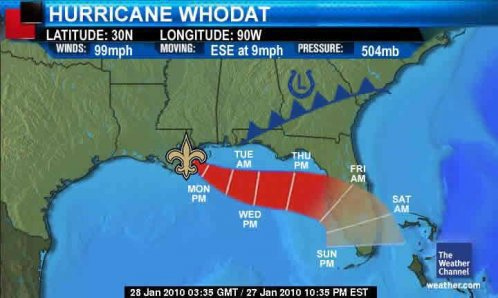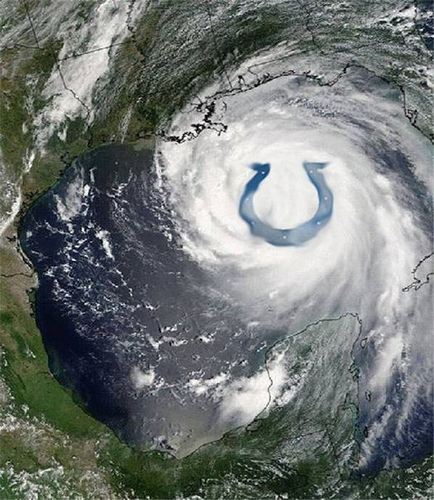James O’Byrne and Doug MacCash retrace their steps through the post-katrina devastating, comparing the photos of flooded neighborhoods with photos of those neighborhoods today.
Via www.nola.com.
Lisa Wade, PhD is an Associate Professor at Tulane University. She is the author of American Hookup, a book about college sexual culture; a textbook about gender; and a forthcoming introductory text: Terrible Magnificent Sociology. You can follow her on Twitter and Instagram.










